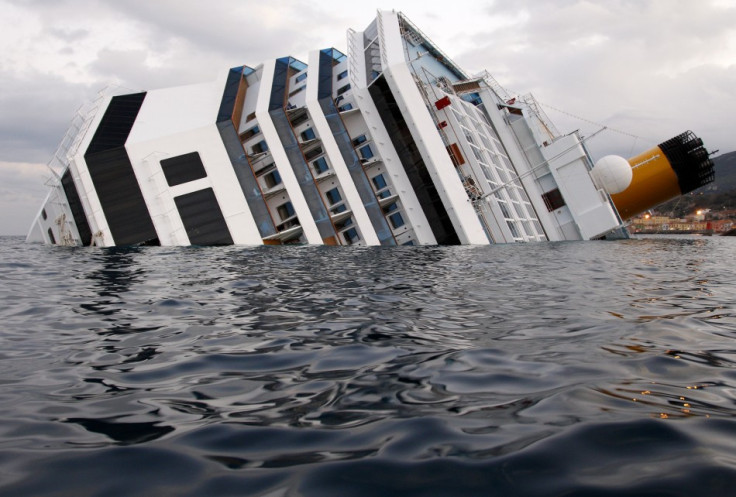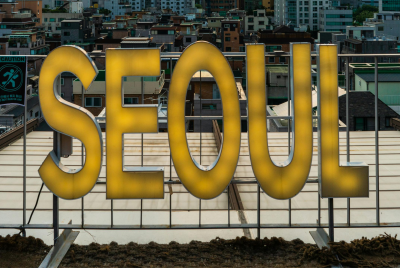Costa Concordia (2012) and Titanic (1912): An Ominous Coincidence

When the images of the sinking of the luxury liner Costa Concordia were flashed on television screens, it looked as if we were revisiting the Titanic disaster, which happened a hundred years ago.
The Costa Concordia struck a rock-like object and began to sink off the coast of Isola del Giglio in Italy. The ship ran aground on January 13 with 4,200 passengers onboard. Five people were confirmed dead and 14 others were still missing while the remaining passengers were rescued.
The Titanic, considered to be the largest liner of that time, sank in the Atlantic Ocean on April 15, 1912, on its maiden voyage from Southampton in England to New York City with more than 2,000 passengers. Over 1,500 people died in the accident.
The Concordia disaster has made many people look back and compare the similarities between the two ill-fated luxury liners.
Like the Titanic, the Concordia is huge in size. The Titanic was a British pride as it was the biggest ship ever built; similarly, Concordia was also the biggest ship in Italy.
Both met a similar end - the Titanic sank after hitting a big iceberg and Concordia is believed to have hit a large rock.
Both the liners boasted of the best facilities. Both could attain the speed of 23 knots. While the Titanic was 883 feet, the Concordia is bit larger (952 feet).
The two ill-fated ships were never "christened", a ceremony of breaking a champagne bottle on the lowermost part of the ship to bring good luck.
However, not everything is similar, inquiry suggested that the Titanic sank due to "excessive speed" when the liner collided with a huge ice block. There were lifeboats but not enough for all the passengers and they were never tested before setting for its journey.
There was no public announcement system on the Titanic. Radio operators in the liner were too late to relay messages about the ship hitting icebergs to the ship's officers.
In the Costa Concordia, early investigations suggest that the captain of the ship, Francesco Schettino, made some human error. Schettino, who was detained on January 14 by the Italian authorities, told investigators that as per his information he was in water deep enough to navigate safely. When the ship struck an unidentified rock, Schettino unsuccessfully tried to change the direction of the Concordia.
When the Titanic was built, there was clear demarcation for different class of travellers. There was hardly any meeting ground between the rich and less-rich passengers. But in the Concordia, like other present day liners, the demarcation is not so stark.
More emphasis on safety rules were given after the Titanic disaster in 1912. Safety standards for large passenger liners are spelled out by the International Maritime Organisation, a U.N. agency.
Ships are now required to have public announcement systems for all passengers. Lifeboats should be attached to the main ship in such a way that they can easily be used. Liners must conduct safety drills frequently.
Passengers onboard the Concordia reported that the crew didn't give clear directions on how to evacuate. Some of the passengers had to wait long for lifeboats.
A common lesson from both the tragedies is that such disasters can be avoided with better safety measures, more alert navigation and proper training.
© Copyright IBTimes 2025. All rights reserved.





















